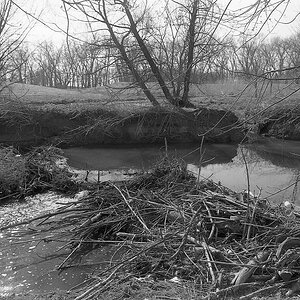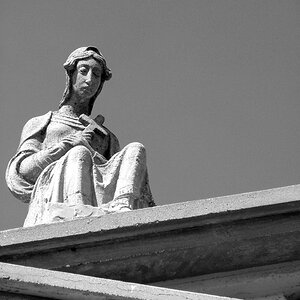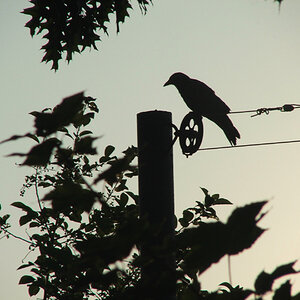Tegan Payton
TPF Noob!
- Joined
- Oct 16, 2014
- Messages
- 17
- Reaction score
- 0
- Can others edit my Photos
- Photos NOT OK to edit
Hi all.
Earlier this year, in march, I had a photo shoot with a nice local in Texas.
She used this 85 mm lens to snap a photo of my son. He had been looking at some plastic easter eggs on her window will when he turned and smiled at her. It was gorgeous. The only thing that I really noticed recently was that the side of his face that away from the camera started to blur also.
How would you mitigate that? Would you even mitigate it?
Earlier this year, in march, I had a photo shoot with a nice local in Texas.
She used this 85 mm lens to snap a photo of my son. He had been looking at some plastic easter eggs on her window will when he turned and smiled at her. It was gorgeous. The only thing that I really noticed recently was that the side of his face that away from the camera started to blur also.
How would you mitigate that? Would you even mitigate it?










![[No title]](/data/xfmg/thumbnail/38/38262-10a9668da9a2b36a92cddde57caf87bc.jpg?1619738547)


